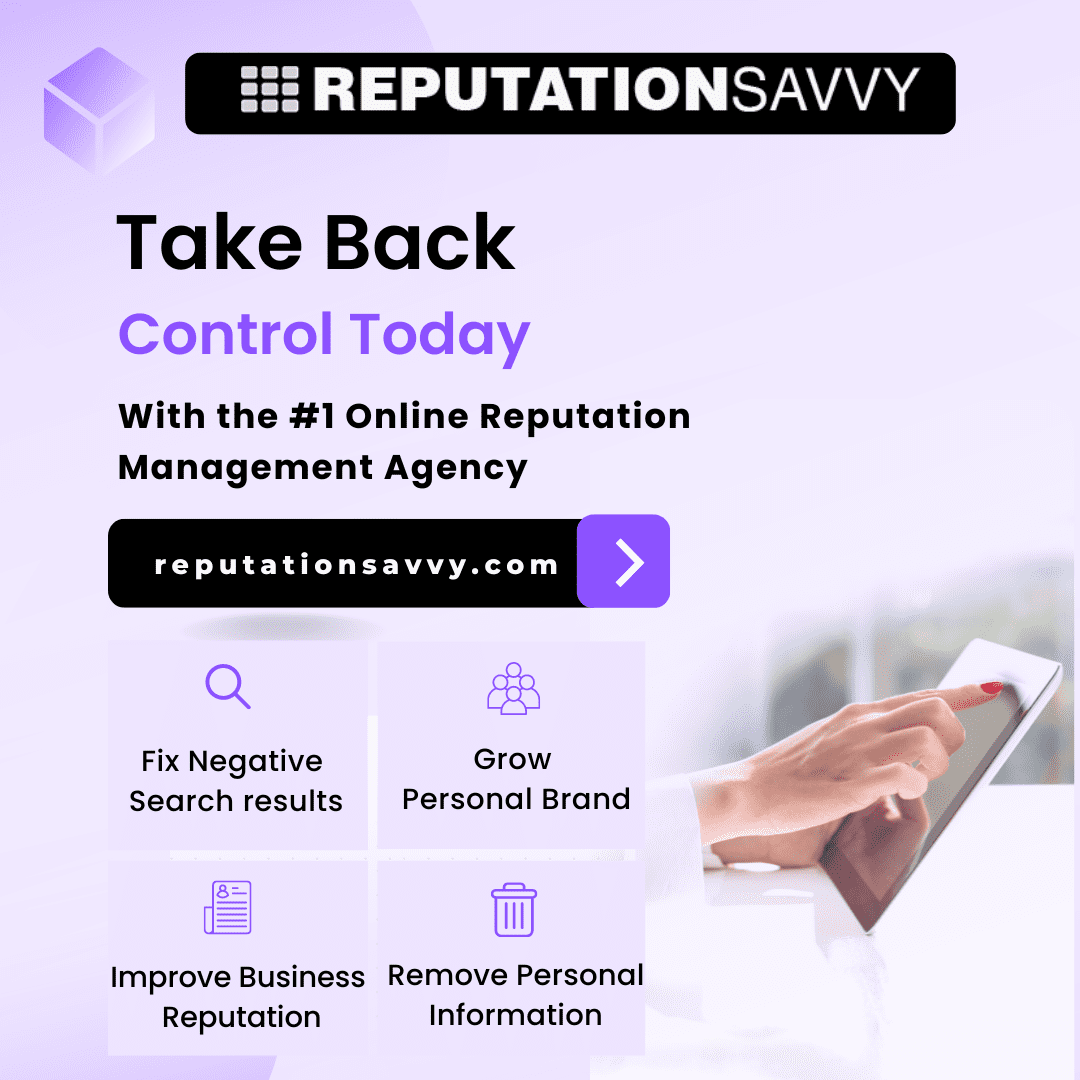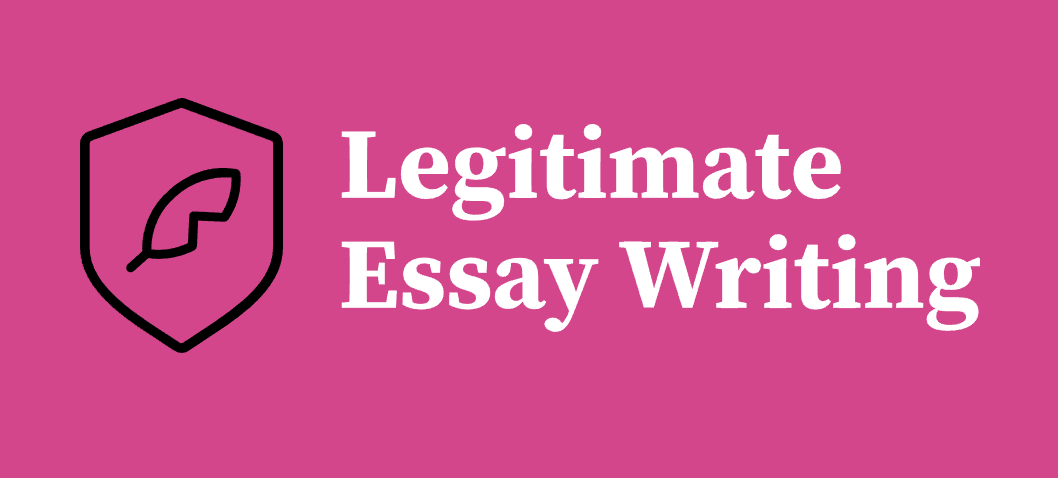In today’s competitive job market, businesses are continually seeking ways to enhance their recruitment efficiency. The screening process is one of the most critical aspects of hiring. Done right, it saves time, ensures the best fit for your company culture, and reduces employee turnover. But, when not managed well, it can lead to prolonged hiring cycles, poor hires, and higher costs.
This article explores four powerful strategies to streamline your screening processes and improve overall hiring outcomes. We also dive into an often overlooked but essential component: Employment Verification. Together, these techniques can help you build a more efficient, compliant, and effective hiring system.
1. Automate Resume Screening with AI and ATS Tools
Scanning through hundreds or even thousands of resumes is one of the most time-consuming aspects of the hiring process. This process has been inefficient and has led to bias and errors. This is where Applicant Tracking Systems (ATS) and artificial intelligence (AI) come in.
Benefits of AI and ATS Tools:
Speed: These tools can scan through and screen resumes in seconds.
Distributive: AI can standardise across all applications, reducing human bias.
Definition: ATS can be configured to prioritize certain skills, experiences, or keywords related to the job description.
How to Implement:
Select a trusted applicant tracking system (ATS) that connects with your current human resources (HR) systems
Use AI-enabled features that can parse resumes, highlighting the most relevant qualifications.
Evolve your screening criteria over time to keep up with the changing nature of roles.
Pro Tip:
Avoid unintentional discrimination by ensuring your ATS system is compliant with Equal Employment Opportunity (EEO) regulations.
2. Use Pre-Employment Assessments
Pre-employment tests are assessments that evaluate a person’s skills, cognitive abilities, essential traits, and suitability for the job. These tools offer data that can help to round out a presentation and can serve as a counterweight to resumes and interviews.
Types of Assessments:
Cognitive Ability Test: These tests assess a candidate’s problem-solving, reasoning, and analytical abilities.
Skill-Based Tests: These tests assess your proficiency in specific tasks such as typing, coding, or writing.
Personality Tests: Assess traits like extroversion, openness and conscientiousness.
Situational Judgment Tests: Describe hypothetical workplace scenarios and prompt candidates to select the most appropriate responses.
Benefits:
Predictive Validity: These tests outperform resumes or interviews at predicting future on-the-job behavior
Bias Reduction: Standardized tests are less subjective.
It saves time: You’ll eliminate unqualified candidates early in the process
Best Practices:
- Use validated, job-relevant assessments.
- Treat assessments as one piece of a well-rounded hiring strategy.
- Be upfront with candidates about how the assessments will be used.
3. Structured Interviews
While interviews form an integral part of virtually every hiring process, a structured interview is a more reliable and efficient format as opposed to an unstructured or informal interview. Structured interviews begin with the same, standardized questions for each candidate and allow for more objective comparisons.
Why structured interviews work:
Fairness: All candidates are assessed according to the same standards.
More Useful Comparisons: You can compare candidates next to each other more easily.
Decreased Prejudice: Standardization aids and avoids unconscious prejudice
If you have scores, you can analyze responses about quantitative data.
Structured Interviewing: How to Structure Your Interviews:
- Questions designed about the job requirements and competencies
- Cover behavioral as well as situational questions.
- Normalized scoring of answers using a standard rubric – Train interviewers
Example Questions:
- “Describe a time you dealt with a difficult co-worker. How did you handle it?”
- “If you’re given a project with a tight deadline and very few resources, what do you do?”
- Structured interviews make sure that hiring is about performance and suitability, not instinct and gut.
4. Employment Verification
Employment verification is a vital but often neglected part of the screening process. It will ensure that the candidate has the experience and background stated in his resume.
Need for Employment Verification:
Verification: Validates that the candidate held the positions and duties he or she has listed.
Trust: From the very first moment of the hiring process, they establish credibility and integrity.
Compliance: Some industries are required to conduct employment background checks for legal or regulatory requirements.
What to Verify:
- Job titles and roles
- Dates of employment
- Job responsibilities
- Reason for leaving
- Eligibility for rehire
How to Perform Verification:
- Then, phone or email previous employers.
- Utilize tertiary background check services.
- Thoroughly document verification efforts.
Best Practices:
- Always check with the candidate in writing before contacting past employers.
- Ask the same set of questions in order, every time.
- Check at least the last three employers or the last five years of employment.
It is crucial to conduct employment verification to not only guard your company against fraudulent workers but also make sure that you’re hiring a trusted workforce.
Bonus Strategy: Leverage Video Interviews for Initial Screening
One further determinant of properly coalescing your screening process is by implementing video interviews in the initial stages of the recruitment procedure. These can be live or pre-recorded and are useful to assess communication skills, confidence and cultural fit before committing to time-consuming in-person interviews.
Benefits:
Time Efficiency: Enables different members of the team to watch the interview when it best suits them.
Greater Reach: Suitable for remote roles or candidates in various time zones.
Candidate Experience: Provides a current and flexible method for interviewing.
Combine the Strategies for a Streamlined Process
To truly step up your screening process, it’s important to bring these strategies together into a unified workflow. Here’s a sample sequence:
- Resume Submission → ATS (Artificial Intelligence — AI) filter resumes
- Tests Before Employment → Assess key competencies and work style
- Video Interview (1st Round) → Evaluate soft skills & communication
- Final Round Structured Interview → Competence/Skill Deep Dive
- Employment Validation → Validate background and history
Finding the right talent is a vital part of the success of an organization, and this is why many companies turn towards behavioral and situational based models to increase not just turnover but the quality of hires as well. It reduces turnover, boosts employee satisfaction, and improves your employer brand.
Conclusion
Well, with an integrated screening process, you can kill two birds with one stone. Low bias, fast, and fair hiring decisions can be made through automation, standardization, and verification by your organization.
In summary, these four fundamental strategies are:
- AI Required: Automate the Resume screening using ATS
- Implement pre-employment assessments
- This is making conducting structured interviews
- Verifying employment history
Together, these strategies eliminate inefficiencies, reduce risk, and improve hiring outcomes. All that said, don’t allow a clunky screening process to keep your company behind. Implement these strategies today, and begin constructing a hiring process that works smarter, not harder.










